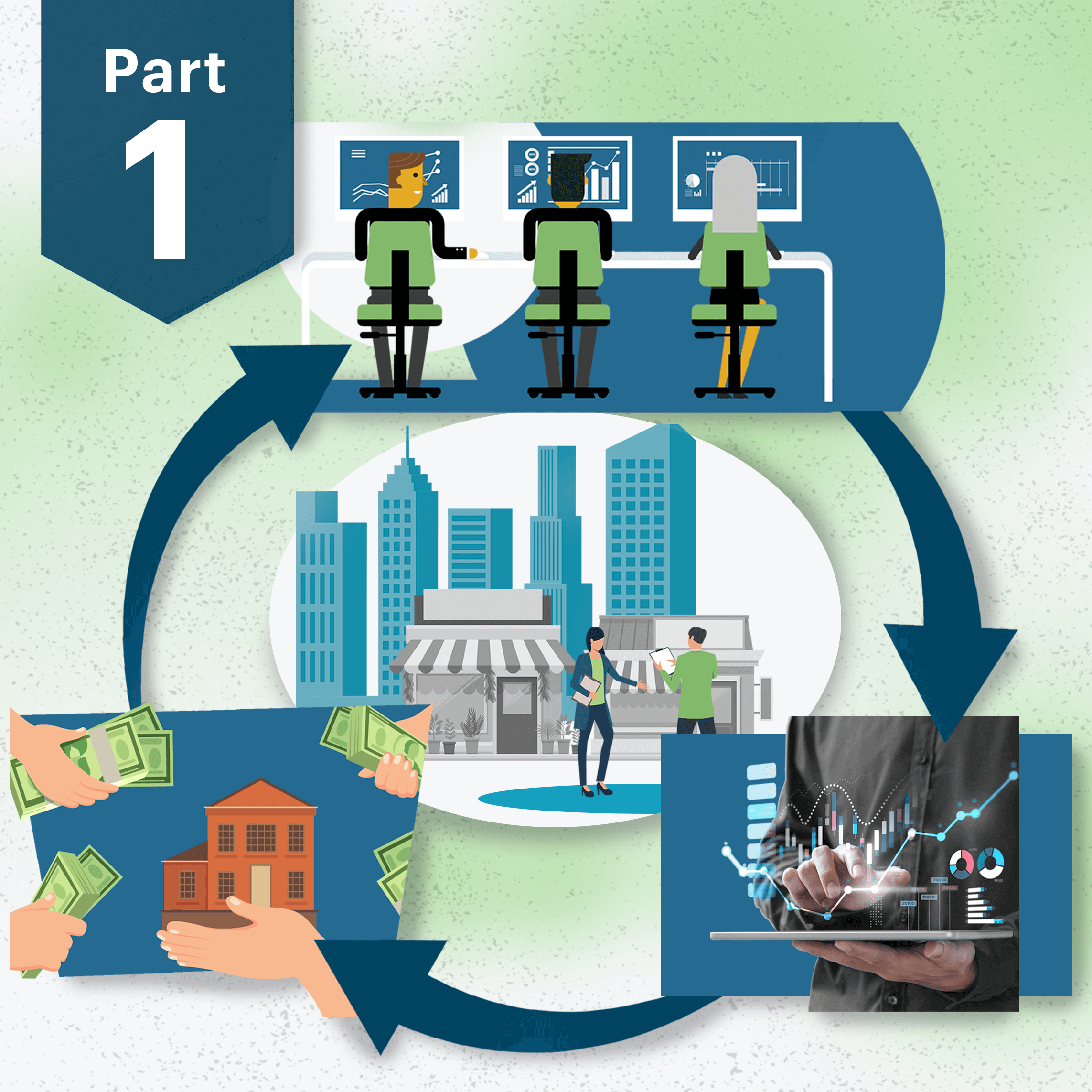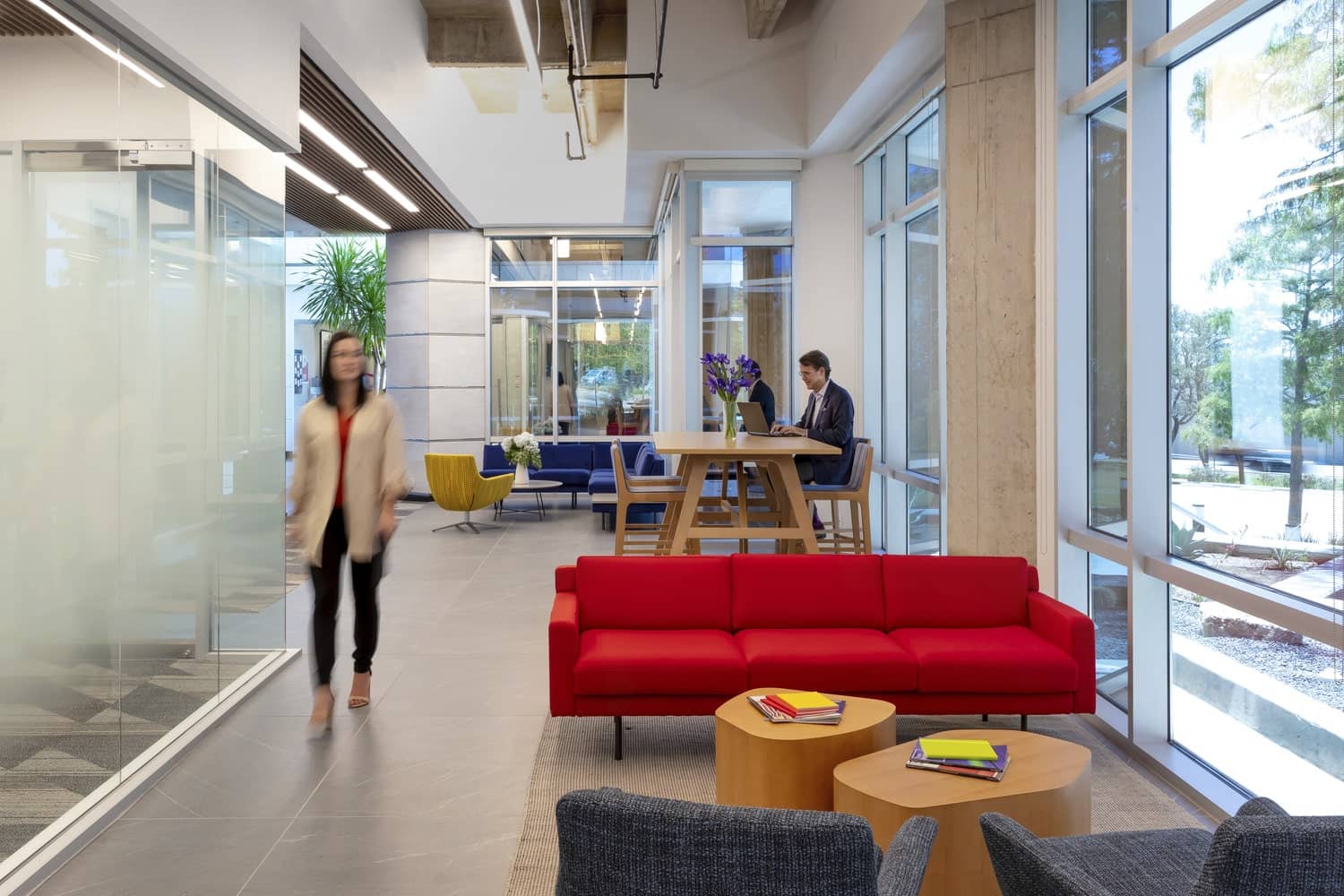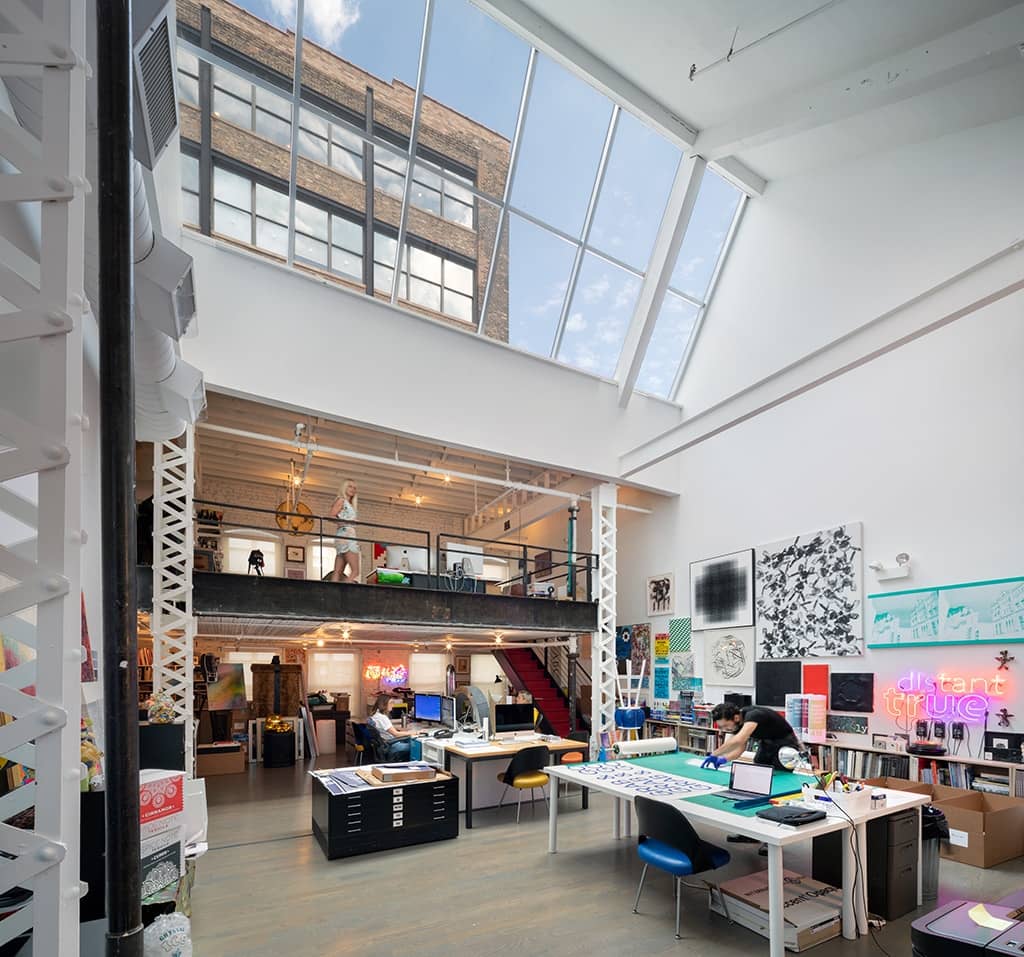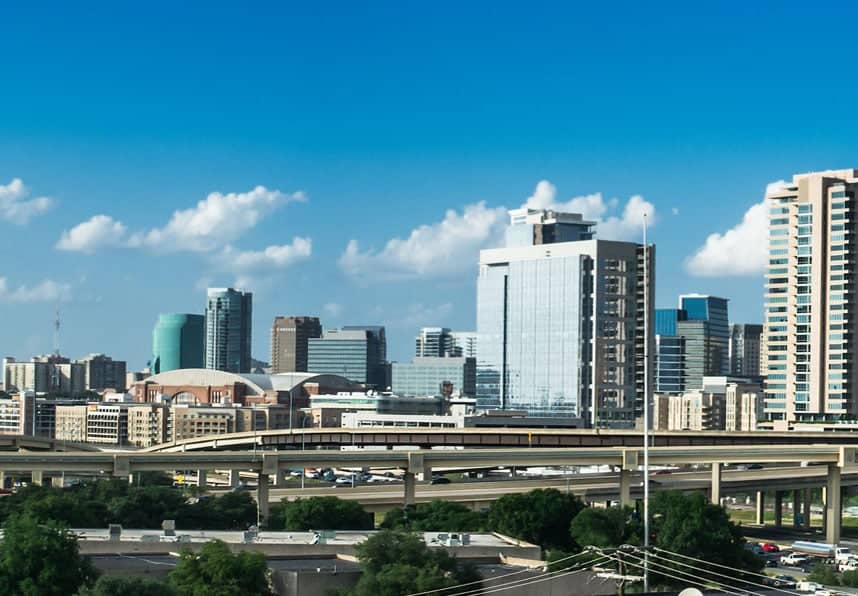Despite pessimistic office sector headlines over the past several years, there are trending signs for optimism, including the lower cost of capital, a flight to quality by tenants, and a more favorable labor market. Historical perspective over a near-term emotional response may help fortify faith in this asset type.
Commercial real estate (CRE), like the economy as a whole, is cyclical, which can take a toll financially and emotionally on everyone. The seemingly constant doom and gloom of late has become a source of stress, not just for CRE professionals but for anyone who has worked in an office.
Past economic cycles have shown that what goes down should eventually rise. From previous declines to recessions, the office CRE sector has consistently regained its footing.
“Looking back at various downturns in economic cycles, you’ll note the predictable fleeing from various asset classes that followed,” says Marc DeLuca, KBS CEO and regional president, Eastern U.S. “But whether it was the overbuilding in the ’90s and the financial crisis, the dotcom bust, or 9/11, time after time again, those classes of real estate ultimately came back — sometimes in roaring fashion.
The million-dollar question right now is, ‘is office dead.’ But by understanding the cyclical nature of the economy — and the emotional lifecycle of commercial real estate — it allows those of us in the industry not to hit the panic button, but rather, put the current situation into historical context.”
With history as the guide, there are solid indicators that the U.S. office market may be bottoming out, and will soon enter the next phase of the lifecycle — growth. The Fed’s recent policy pivot to interest rate cuts, the flight-to-quality trend among office tenants, and an expanding employer’s market, are all promising signs.
“The recovery of the U.S. office market has become incredibly complex,” KBS’ Western Regional President, Giovanni Cordoves, recently told Commercial Property Executive. “Performance varies greatly depending on the region, submarket, city and office building class. For the most part, Class-A buildings continue to lease well and experience higher office occupancy than their lesser counterparts, likely due to a consistent trend among tenants seeking high-quality, well-located and well-amenitized buildings.”
While certain segments of the office sector are currently challenged, office demand is evolving. In this first of a two-part KBS Insights series on the emotional lifecycle of CRE, we’ll take a look back at the causes of economic cycle downturns. In the second part, we’ll continue our discussion on the recovery ahead.
Events Impacting the Emotional Lifecycle of CRE: 1990 To The Present
The Savings and Loan Crisis (1990 to 1991)
The early ’90s recession ended the longest peacetime expansion to date of nearly eight years. The 1.5% of nonfarm employment lost from July 1990 through April 1991 was part of a 20-month employment downturn, according to the U.S. Bureau of Labor Statistics (BLS).
Exacerbated by the fallout from the savings and loan crisis, personal consumption spending experienced a steep decline. Overbuilding in prior years, coupled with noncyclical economic factors, such as increased global competition and defense industry cutbacks, led to high office vacancy and a sluggish job recovery, per a 1993 BLS review. Construction employment fell by nearly 400,000 jobs or 7.5% of payrolls. What’s more, the U.S. office vacancy rate peaked at 19% in the second quarter of 1991, according to the Real Estate Investment Society (Reis).
The Dot-Com Bust and 9/11 (2001)
The tragic events of Sept. 11th, 2001, shocked consumer confidence and caused anxiety for downtown office workers in the early part of this millennium. However, the U.S. economy officially went into recession a half year earlier as businesses sharply reduced spending on computers, machinery and other capital goods, according to the BLS.
The World Wide Web-fueled tech startup investment craze, which led to an 800% increase in the NASDAQ composite stock market index between 1995 and early 2000, produced the dot-com bubble, one that couldn’t sustain itself on emotion alone.
Unemployment rose from a 30-year low of 4% in fourth quarter 2000 to 5.6% a year later. The nearly 8 million unemployed persons at the end of 2001 was an increase of more than 2 million from a year earlier, reported the BLS. The U.S. office vacancy rate in 2001 would jump from below 10% to more than 14%, according to Reis.
The Great Recession (2007 to 2009)
Sparked by the collapse of the subprime mortgage market and widespread failure in mortgage securitization, the Great Recession had a devastating impact on the global economy. The national unemployment rate doubled to 10% from December 2007 to October 2009, per the BLS. Compared to the two prior downturns at approximately four years after each started, the Great Recession period trailed 2001 in relative payroll employment by approximately 4.5 percentage points and 1990 by around 8.4%.
The financial sector, which between 1939 and 2007 saw job losses in only one recession (1990 to 1991), experienced a 3.9% reduction in employment. The resulting Lehman Brothers’ bankruptcy alone resulted in the unemployment of 25,000 employees.
The U.S. office vacancy rate during the Great Recession peaked at 16.3%, according to Colliers. However, the sector would bounce back again with 196% of U.S. office-using jobs lost in the recession of 2008 to 2009 recovered by the fourth quarter of 2016, according to IREA.
The phrase “irrational exuberance,” coined by former Federal Reserve Board chairman, Alan Greenspan, certainly wouldn’t describe today’s office sector. Then, Greenspan was describing the overly optimistic and then overheating path of the stock market in the late ‘90s, a time that serves to remind us that business and investing are conducted by people — many of whom cannot be separated from their emotions.
Today, office CRE is experiencing the other side of the emotional coin. While volatility in the sector is nothing new, the reaction to current adversity seems to be more doom and gloom. Unlike the stock market where people expect and accept daily fluctuations, this office CRE cycle is provoking more intense emotional responses.
Despite previous downturns and then recoveries, many in the media and CRE industry tend to view the office sector’s cyclical nature with far more apprehension than is warranted by history. The pattern of downturns followed by recovery is typical — as is the negative outlook that ultimately yields to recovery. With the benefit of hindsight and increasing positive momentum, the sector should start to stabilize and eventually thrive again.
Look for the second installment of The Emotional Lifecycle of CRE in the coming weeks. Until then, visit KBS.com/Insights to learn more.




